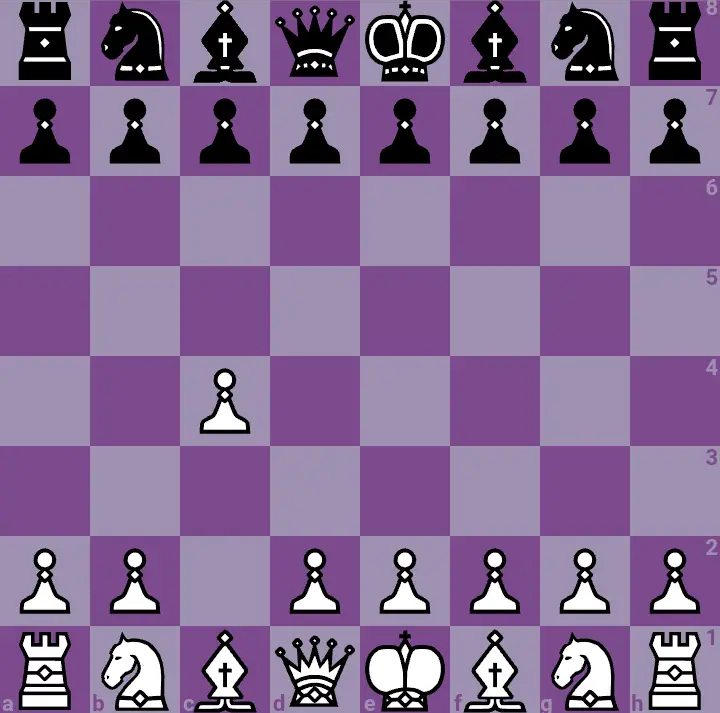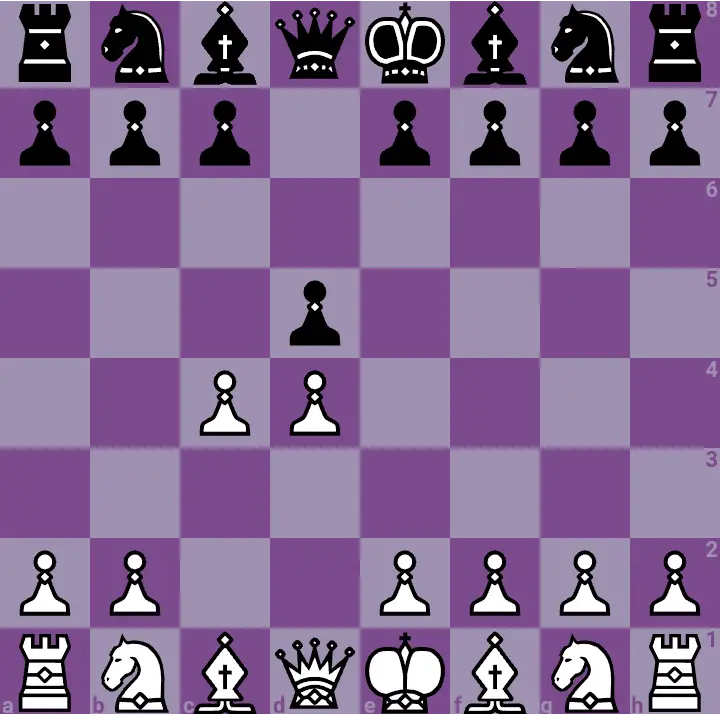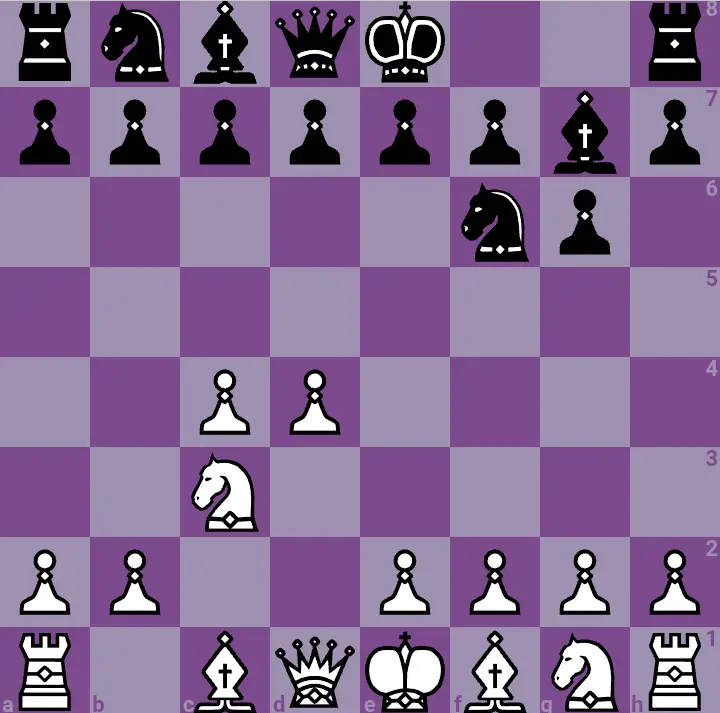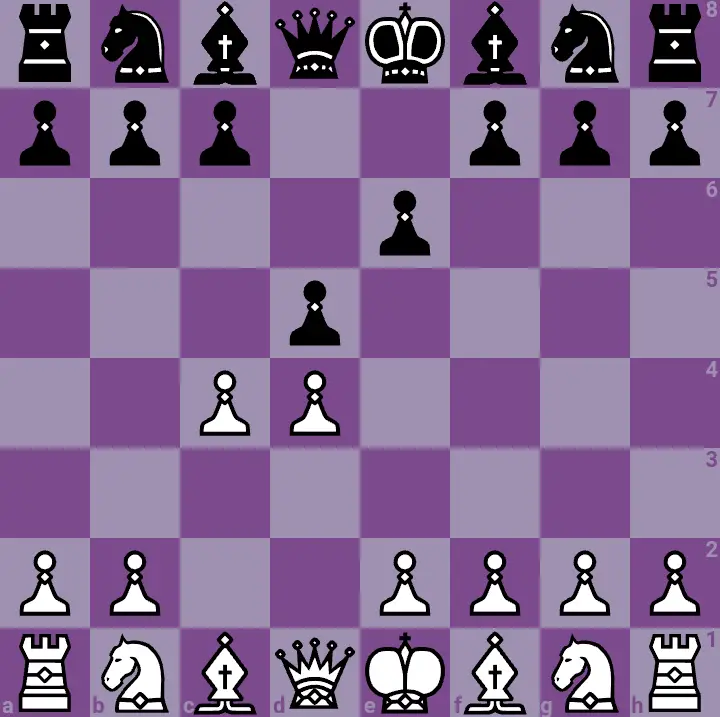What are Wesley So’s Favorite Openings? (Analyzed!)
Wesley So is one of the most underrated super grandmasters out there.
If you are thinking about the most popular chess players, it is likely that Wesley is not included.
This is so weird since he had many victories against his contemporaries.
He had even beaten Magnus Carlsen himself in the first world chess championship for chess 960 (and becoming the first world champion for chess 960). This article is a tribute to Wesley So.
Related: Is Chess 960 Better Than Regular Chess? (An Analysis!)
I will be talking about his favorite openings, just those that I notice from his games.
It would be interesting to see which opening Wesley likes to play the most. With all of that in mind, let’s begin.
1.) English Opening

The English opening has the notation of 1. c4.
The English opening was Wesley So’s main weapon even before becoming a U.S. chess player.
Wesley used to play for the Philippines, where he would show other Filipino grandmasters how to play this opening.
Even today, it is well known in the Filipino scene that English is Wesley’s favorite opening even before he became a super grandmaster.
Some of his most memorable games arise from the English opening, surprisingly.
He really likes going for the initiative even when playing a defensive opening.
This is how you know that he really likes this variation. Of course, he had to adopt other openings in order to keep up at the elite level, but this one never got removed from his repertoire.
The English opening is also a top tier opening in itself, being played numerous times even at the top level.
It fits Wesley So’s opening playstyle, which has the goal of transitioning to a balanced and safe middlegame.
Wesley mostly waited for the opportunity to gain an advantage while trying to play defensively the whole time, something that he had been known to do.
This should be the highest just because of its history and how Wesley has frequently played in the past.
2.) Queen’s Gambit

The queen’s gambit has the notation of 1. d4 d5 2. c4.
The queen’s gambit is the second best opening of Wesley when playing the white pieces.
He doesn’t like this as much as the English opening, but he does play it a lot. The queen’s gambit is something that is played repeatedly by other top chess players.
This is one of the openings that Wsley has to adopt in his repertoire to keep up with the competition.
The lines in the queen’s gambit can also lead to a safe middlegame. It is a branch of the d4 line which is less complicated than the 1. e4 alternative.
I can understand why Wesley would go for this, it is similar to the English if one were to play it correctly.
His most memorable wins are from the queen’s gambit.
I would not place this on top of the English opening since Wesley still likes the English opening a lot, but it is definitely a close second.
Magnus Carlsen has a similar opening repertoire. You might be interested about it.
3.) King’s Indian Defense

The notation for the King’s Indian defense is 1. d4 Nf6 2. c4 g6 3. Nc3 Bg7.
Whenever Wesley is playing the black pieces, he really likes going for the King’s Indian defense. Along with the English opening, this was Wesley’s favorite opening before becoming a U.S. chess player.
This opening is fun to play; you can choose to maneuver defensively or switch to the attack whenever an opportunity arises.
I think Wesley has found comfort in playing this opening since it also leads to a safe and balanced middlegame.
Sure, white controls the center, but this is the point. This opening is a hypermodern opening that allows the opponent to control the center.
There will be counterplays for the black pieces even if there is minimal center control.
When seeing games of Wesley in this line, he chooses to play defensively for the most part, something that he is known to do.
However, he can switch to an aggressive playstyle if he can find the right opportunity.
As with the history and everything, I decided to include it here since Wesley had been playing this even as a child.
4.) Queen’s Gambit Declined

The queen’s gambit declined has the notation of 1. d4 d5 2. c4 e6.
When talking about the black pieces, this is Wesley’s second favorite opening.
You might be wondering why I chose another opening that comes from the d4 line, I mean Wesley has also played the Berlin defense numerous times for example.
I have been contemplating on this, but decided to include the queen’s gambit declined in the end.
I don’t think that the Berlin defense is one of Wesley’s favorite openings; he mostly just plays it to get a quick draw.
In most openings that come from the e4 line, I don’t think that Wesley really wants to go for the win.
I don’t think something will count as your favorite if you are not willing to win with it.
With the queen’s gambit declined, you can see that Wesley has more initiative. The queen’s gambit declined is a drawish opening in itself, but Wesley had many decisive games in this line.
You can see it in the moves.
Wesley is more comfortable in playing this line more than anything else. It is a solid opening line, the black piece doesn’t give that many advantages over the white pieces.
It compliments Wesley’s playstyle, which is why he plays this a lot.
Conclusion
The four favorite openings of Wesley So are the English opening, Queen’s gambit, King’s Indian defense, and the Queen’s gambit declined.
Some of these openings are even those that he played back when he was still playing in the Philippines.
He has taken some of these to the top levels and has won many memorable games with them. He had produced many beautiful games with these openings using his opportunistic playstyle.
He mostly plays defensive chess, well, until he finds an opportunity to attack.
This might be a good consideration for those who have a similar playstyle, you might want to try these openings and see if they work for you.
With all of that said, thank you for reading.
